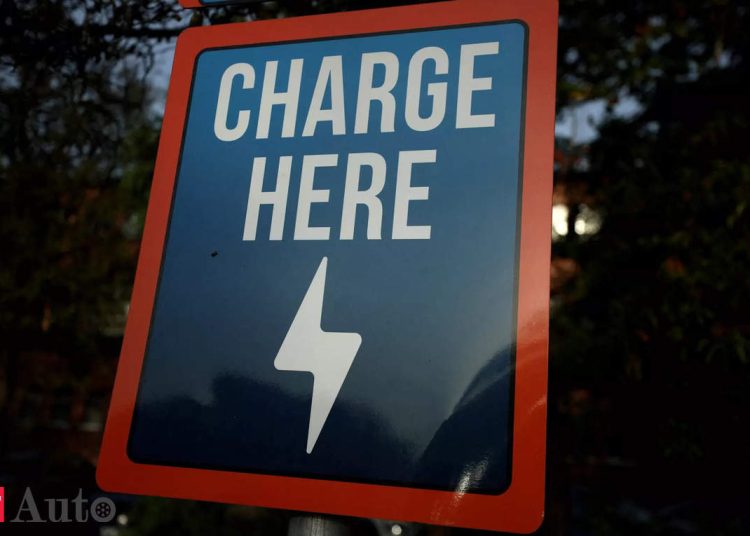As electric vehicles (EVs) gain popularity, more UK drivers are making the switch to this eco-friendly mode of transportation. However, for new EV owners, the concept of public charging can be daunting. This guide covers everything you need to know about public charging to make your transition to an electric lifestyle as smooth as possible.
Understanding Public Charging
Public charging stations are crucial for EV owners who travel beyond the range of their home chargers. These stations are found in various locations, including motorway service stations, supermarkets, car parks, and workplaces. Understanding the different types of public chargers and how to use them is key to a hassle-free EV experience.
Types of Public Chargers
Public chargers are categorised based on their speed and power output. Here are the main types:
- Slow Chargers (3-7 kW):
– Speed: Takes 6-12 hours for a full charge.
– Best for: Overnight charging at hotels or workplaces.
– Connector Types: Type 2, 3-pin plug.
- Fast Chargers (7-22 kW):
– Speed: Takes 3-4 hours for a full charge.
– Best for: Short stops at shopping centres or long stays at workplaces.
– Connector Types: Type 2, some have tethered cables.
- Rapid Chargers (43-50 kW):
– Speed: Takes 30-60 minutes for an 80% charge.
– Best for: Quick top-ups on long journeys.
– Connector Types: CHAdeMO, CCS, some Type 2.
- Ultra-Rapid Chargers (100+ kW):
– Speed: Takes 20-30 minutes for an 80% charge.
– Best for: Minimising downtime on long-distance travel.
– Connector Types: CCS, some CHAdeMO.
Finding Public Charging Stations
Several apps and websites help you locate public charging stations. Popular options include Zap-Map, PlugShare, and the apps provided by charging network operators like BP Pulse and Shell Recharge. These platforms provide real-time information on charger availability, pricing, and user reviews.
Charging Networks in the UK
The UK has a variety of charging networks, each with its own pricing structure and access method. Some of the major networks include:
– BP Pulse: One of the largest networks, offering a mix of slow, fast, and rapid chargers. Membership can reduce the cost per kWh.
– Shell Recharge: Known for its rapid chargers located at Shell petrol stations.
– Ionity: Focuses on ultra-rapid charging along major routes, ideal for long-distance travellers.
Payment Methods
Public chargers can be paid for in several ways:
– RFID Cards: Many networks issue membership cards that can be used to activate and pay for charging sessions.
– Mobile Apps: Most networks have apps that allow you to find, start, and pay for charging sessions.
– Contactless Payment: Increasingly common, especially at rapid and ultra-rapid chargers, allowing you to pay with a credit or debit card directly.
Tips for Efficient Public Charging
- Plan Ahead: Use apps to locate chargers along your route and check their availability before you set off.
- Charge Smart: Utilise slower chargers for longer stops and faster chargers when you’re in a hurry.
- Mind the Etiquette: Don’t occupy a charging spot longer than necessary, especially at rapid chargers, and always move your car once it’s charged.
- Have a Backup: Always have an alternative charging station in mind in case your first choice is unavailable or out of service.
Home Charging Solutions
While public charging is essential for long journeys, having a reliable home charging solution can significantly enhance your EV experience. Companies like Voltco offer state-of-the-art home charging solutions tailored to your needs. Installing a home charger means you can start each day with a fully charged vehicle, reducing the need for frequent public charging stops and making your daily commute more convenient.
Conclusion
Embracing an electric vehicle lifestyle in the UK means getting accustomed to public charging. By understanding the different types of chargers, planning your routes, and knowing the major networks, you can ensure a seamless and enjoyable EV experience. Coupled with a reliable home charging solution, you can maximise the benefits of your electric vehicle, enjoying both convenience and sustainability.








































